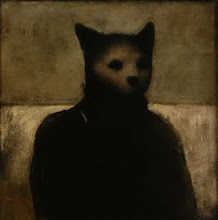
My first real lesson in the martial arts was when, at 16 years-of-age, my father handed me a dog-eared copy of the Chinese Tao Te Ching.
I had learned some very basic judo when I was about nine; attended a karate class and was shown a few joint locks by a family friend. Later, I would do Taoist Tai Chi for a bit. But although I loved the martial arts, no one teacher or dojo had captivated my mind. However, when I began studying the Tao, or the Way, an entire new philosophy revealed itself to me. The theory of water breaking down rock. Force creating resistance.
The text contain lessons to incorporate into life and the philosophy reflects wondrously what I now know of the martial arts, which I began studying seriously in my early thirties (What can I say? The teacher appeared when the student was finally ready).
In traditional ju-jitsu this concept of softness overcoming hardness is crucial. And to me, in many ways, the concept of energy (chi), is comparable with that of the invisible but discernable Tao.
Currently, my sensei melds aspects of Qi Gong into our jiu jitsu training, and I can say this much about his technique: the transfer of energy is strong. But, as he says, if you’re relying on strength to accomplish your goal, you’re not doing proper jiu jitsu. And this is the crux of the Tao.
Says Wiki: “The idea behind this meaning of Ju is ‘to be gentle’, ‘to give way’, ‘to yield’, ‘to blend’, ‘to move out of harm's way’. ‘Jutsu’ is the principle or ‘the action’ part of Ju-Jutsu. In Japanese this word means science or art.”
Likewise, the Tao overcomes by yielding.

No comments:
Post a Comment